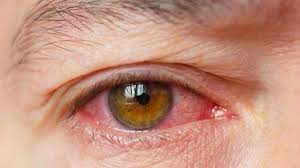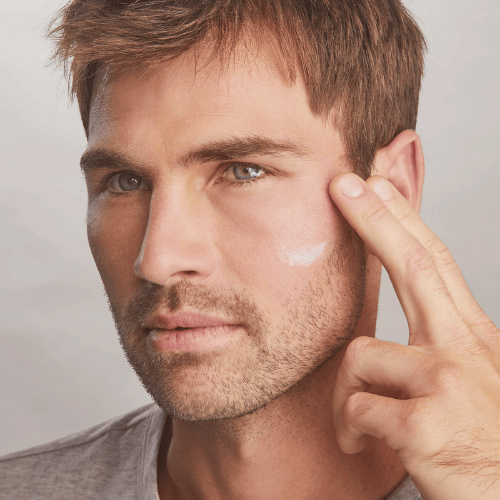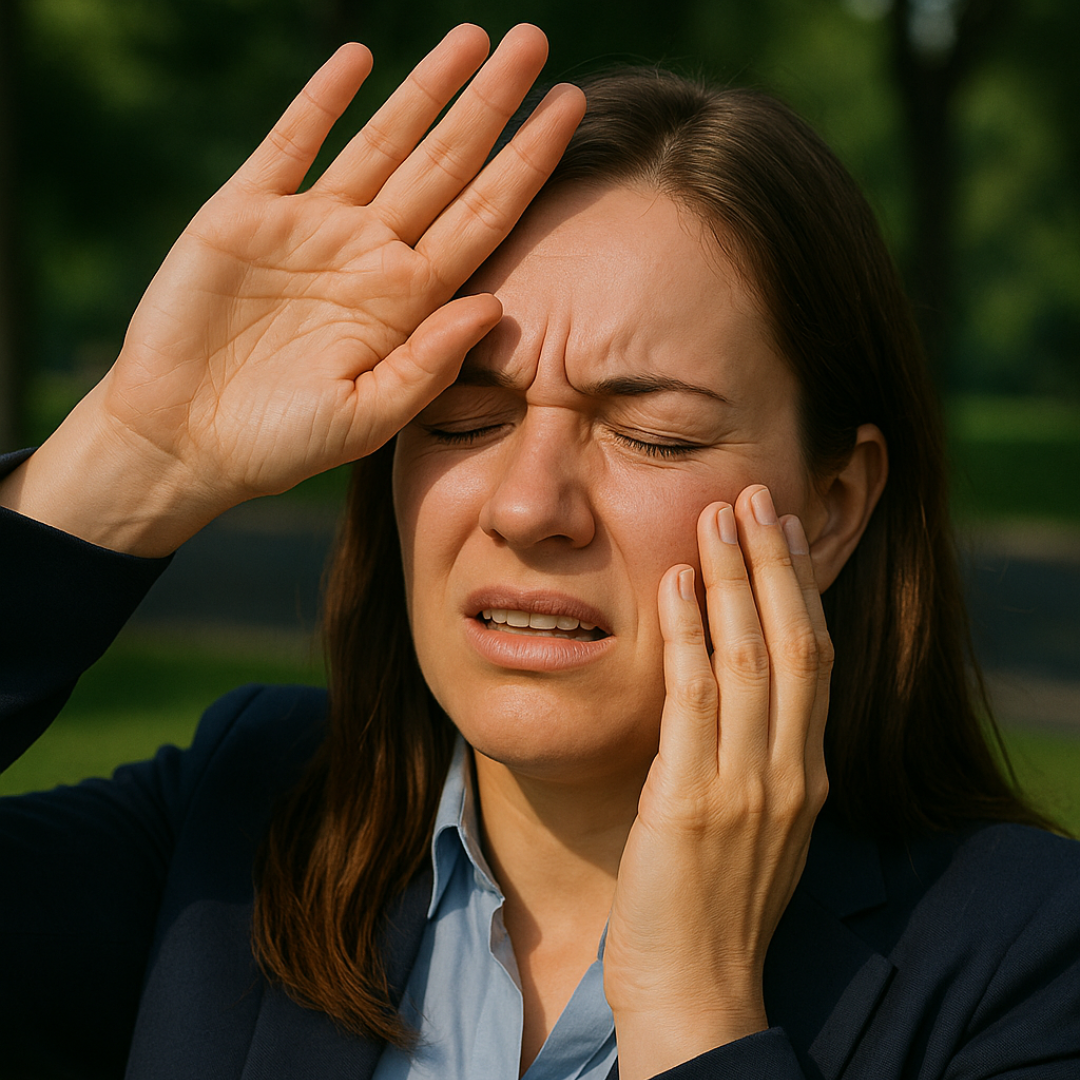WINTER IS THE WORST TIME OF YEAR FOR DRY EYES

Although we are a little over a month from the official start of spring, it still feels like the dead of winter in Southern Alberta. Along with this comes the driest conditions we face all year long, which often causes those of us with dry eye disease to suffer considerably.
Cold weather also means low humidity. Add in a lot of forced air from heat vents running continuously, throw in a few more hours of computer work than normal (because what else is there to do?) and you have a recipe for dry eyes. Scratchy, gritty, red eyes are typical symptoms of dry eye disease, but also common are itchy eyes, discharge and even blurry vision or excessive watering.
Contrary to what you might think, “not enough tears” is not actually the most common reason for having dry eyes. Most of the time it’s because the moisture on the surface of our eyes evaporates too quickly. This leads to instability of the tear film and inflammatory changes on the surface of the eyes and within the eyelids. Like other diseases, dry eye disease tends to worsen over time leading to more severe symptoms.
Fortunately, we have many more options for treating dry eye disease than ever before. While diagnosing and treating this condition can be quite complex (there are nine types of dry eye disease with a variety of contributing factors) we have a special interest in dry eye disease at MVO and have been
studying the evidence-based research in dry eye management. We also have new in-office treatments to help manage certain types of dry eye disease by addressing the root cause of the problem.
If you suffer from dry, irritated eyes be sure to discuss your symptoms with one of our optometrists at your next visit.












